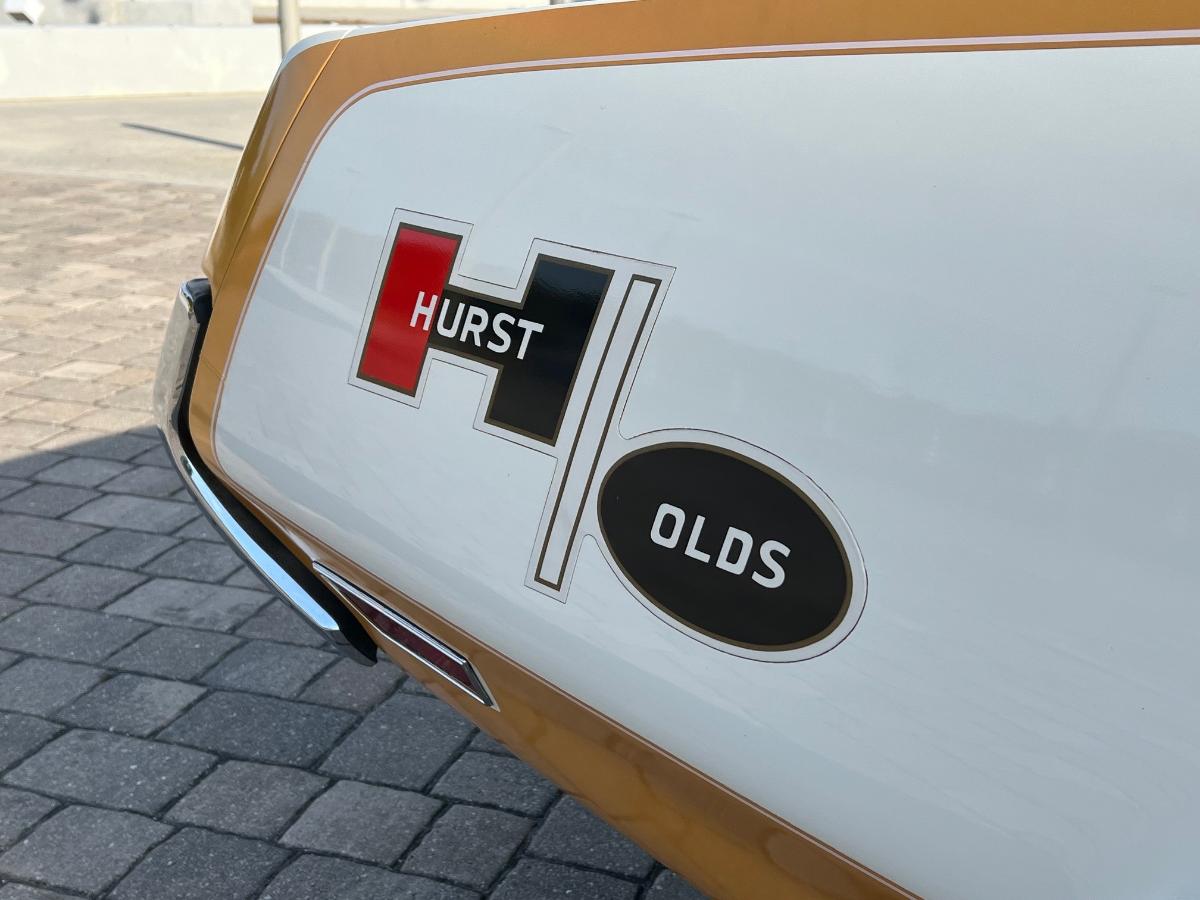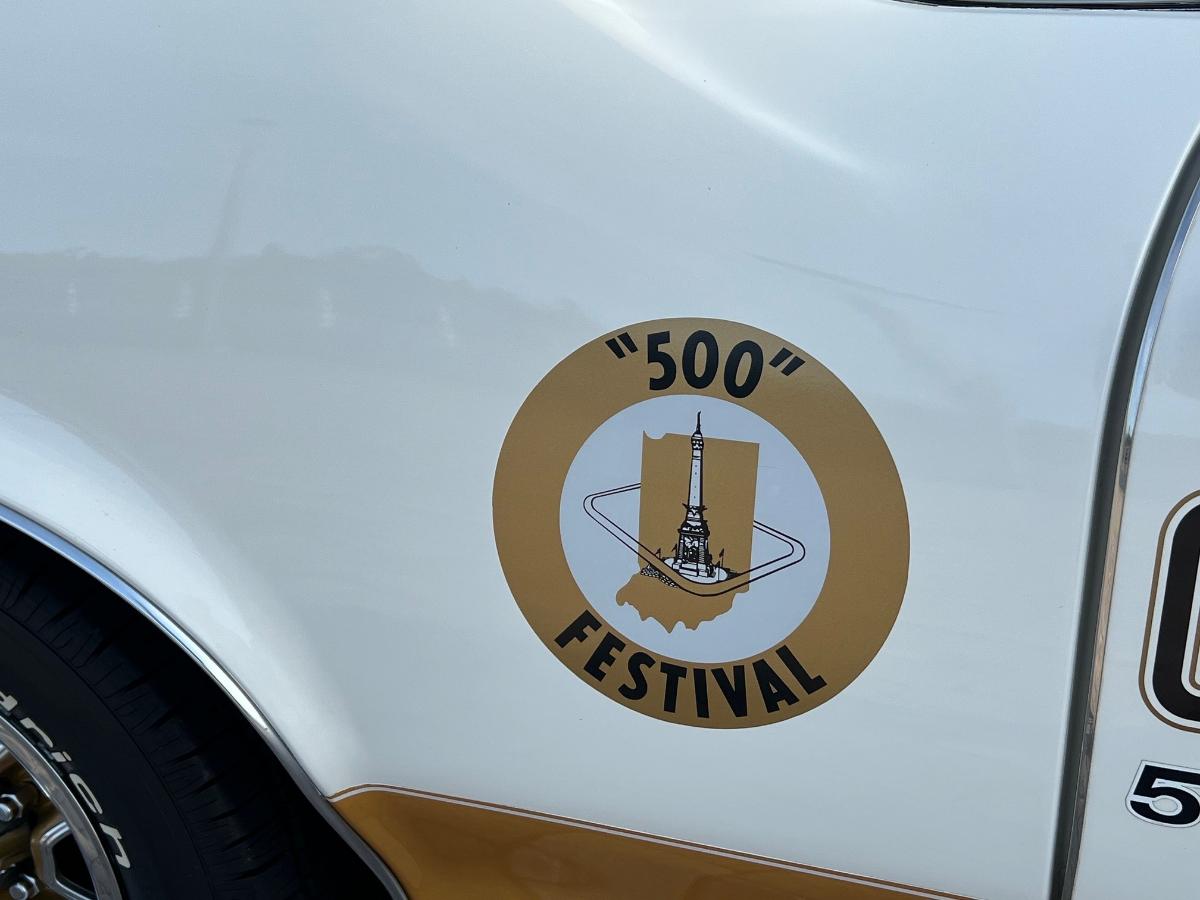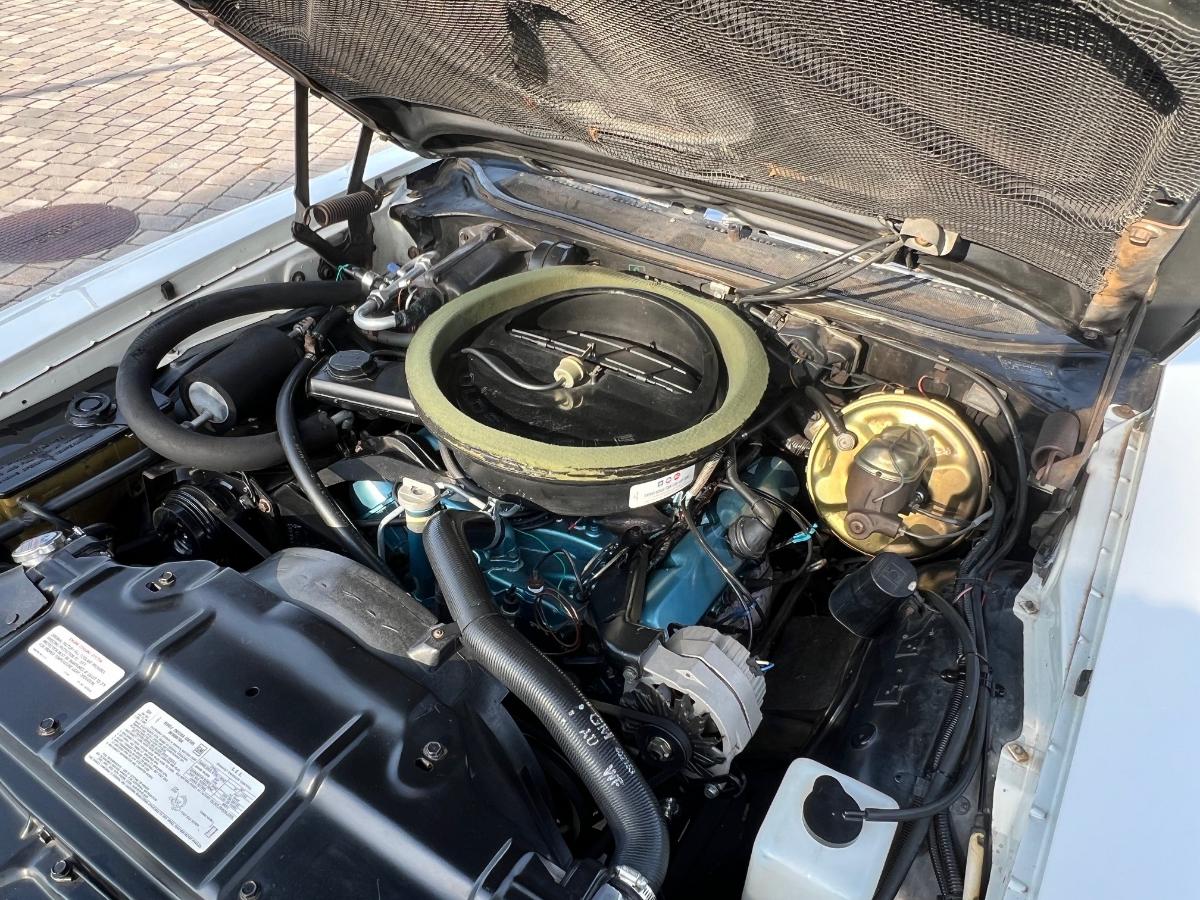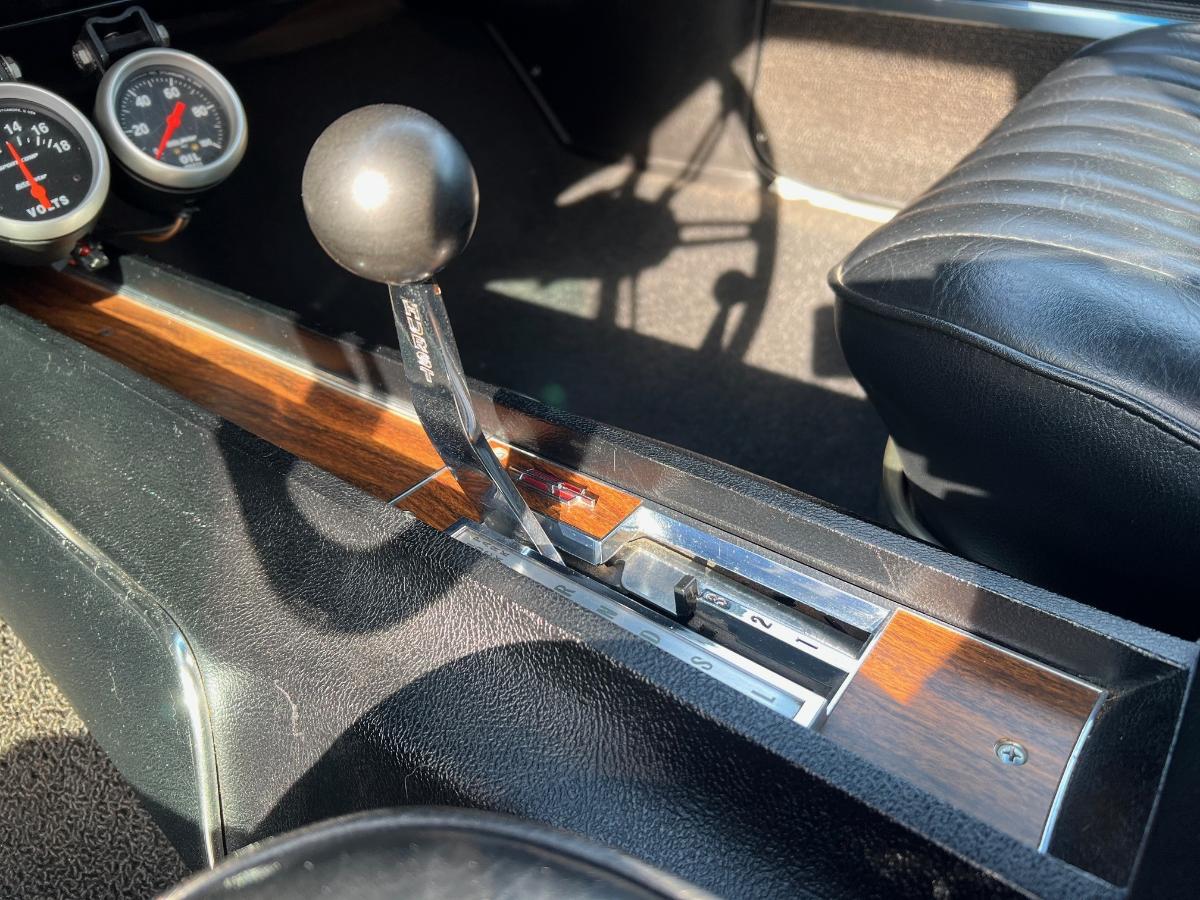Hurst introduced the Hurst/Olds in 1968 and helped Oldsmobile get over General Motors’ cubic-inch limit, offering 455ci when the 4-4-2 was limited to 400ci. By 1972, the marketplace was a different environment, but the Hurst/Olds saved the day for a different reason.


For the 1972 Indianapolis 500, no one wanted to step up and produce the pace car after the previous year’s debacle with the 1971 Dodge Challenger. Hurst Performance introduced option code W45, which turned the Oldsmobile Cutlass Supreme hardtop and convertible into Hurst/Olds models , all of them Cameo White with the 455, gold decals, W25 fiberglass hood, black bucket seat interior, Hurst Dual-Gate shifter, half vinyl top, and Super Stock III wheels, among other items. A sunroof was optional, and buyers had the choice of opting in or out of having pace car decals.

The W45’s 455 was coded L75 and rated at 250 net horsepower. A W46 package included the 300-horse L77, the same engine that was included with the W30 package for 4-4-2s. Compression and horsepower may have been down, but it still wasn’t out – just ask someone who has driven one of these cars. In the below video, Muscle Car Campy and the Hurst/Olds owner, Tom Hill, are your guys!
All told, only 499 hardtop and 130 convertible Hurst/Oldses were built, which include 220 hardtops with sunroofs. It’s also worth noting that 23 hardtops and 8 convertibles were ordered as W46s. Additionally, four station wagons were built for track and festival needs.

If you enjoy this video, be sure to check out other Muscle Car Campy’s vids.






Diego – I love your articles! This one especially hits home since I had one of the 499 units for about fifteen years. My dream is to own one of the 130 ragtops, but my ’72 Cutlass Supreme convertible is as close as I’ll ever get. As always, great job!! Take care my friend!!
Yes the 72 Hurst Olds is still Hairy. I had a 71 SX which has the same engine. Yes it was a hairy torque monster. Especially for the mid 1980s, and my first car. To bad my “buddy” drove it off the side of a mountain and almost killed all of us. Because Olds 455 were torque machines, the cut in compression ratio and tightened smog regulations didn’t affect the mathematical basics of cubic inches making power. Was it a 1970 W30? No, but for 72 it would do.
Wait. 4 Hurst Pace car station wagons were built?
Now that would be pick of the day material!
Tell me they had vista cruiser roofs and a Hurst Dual gate…or better yet-a four speed and bucket seats and I’ll start looking for someone to sell a kidney to.
Great and important car, but for 72, you needed to go Round port Pontiac 455HO….
Cannot disagree, but how would it compare to the W30? Many have exploited the HO, but few have done the same with the low-compression W30.
The Olds engines managed for a long time avoiding the AIR system that were on the remainder of GM’s fleet. They did that through lower compression and better design of the heads. 442 left a bunch of Judges wondering what happened. Buddy had a 69 HO, Nasty quick.